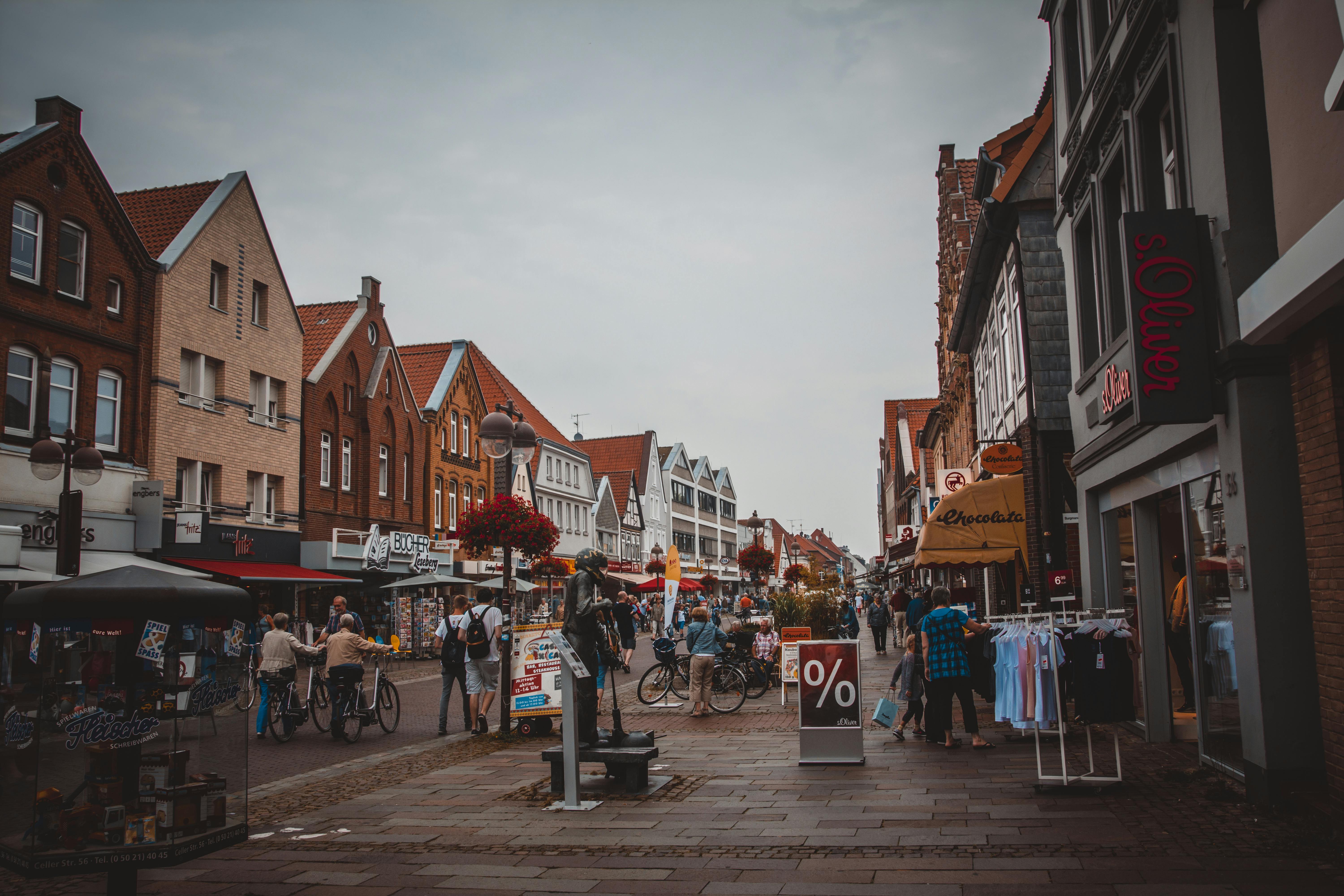
Advantages and disadvantages of kit houses
Kit homes are prefabricated homes designed and manufactured in the factory and shipped to the site with all or most of the materials, components, and even plumbing included. It’s like a puzzle with each part measured, designed and manufactured to fit together perfectly to create a complete piece. Some people think that these are lower quality houses that have smaller spaces and low quality materials. However, this is a general misconception because the quality will always depend on the supplier or manufacturer. You can get a huge home kit that will last a lifetime from a trusted supplier that offers high-quality materials, components, and service.
What makes this type of home popular in the first place, especially in the Australian market, is the lower cost of building a home. Compared to the traditional approach to home design and construction, a pre-engineered, pre-built kit can cost 30% less than site-built homes. The overall expense can be further reduced by building it yourself without hiring building contractors. This works for owners who have the skills and some help from family and friends. The time it would take to finish building a house must be faster because the design, materials and other components are already available and would simply have to be assembled to complete. With the help of contractors, it would take 2-3 days to finish building a house. That’s faster than site-built homes that would normally take months or years to complete. It saves you time and cuts more costs down the road.
Despite the benefits and advantages that a kit house offers prospective homeowners, certain limitations prevent others from benefiting from this low-cost homeownership alternative. Considering the terrain and other environmental conditions, a regular kit house may not always be appropriate for areas with uneven and challenging terrain, which requires custom house design and architecture. While kit houses are generally popular in Australia due to the availability of land, other countries and states such as the UK have limited lots for homeowners to build kit houses.
Also, while kit houses come in a variety of designs, from traditional or rustic to modern and eco-friendly, there is little to no room for modification or adjustment as the layout and components are fixed or predetermined. If you prefer your home to be a certain way with a couple of additions and modifications, a kit home may not be ideal for you. Homeowners, however, are initially given several options of existing designs from vendors. While vendors don’t always accommodate fits, you may want to ask if a vendor can accommodate you with slight modifications to existing designs.
With these pros and cons, you can now make an informed decision on whether or not to go for a home kit. For a long-term, lifetime investment, always be an educated consumer and know the pros and cons involved.